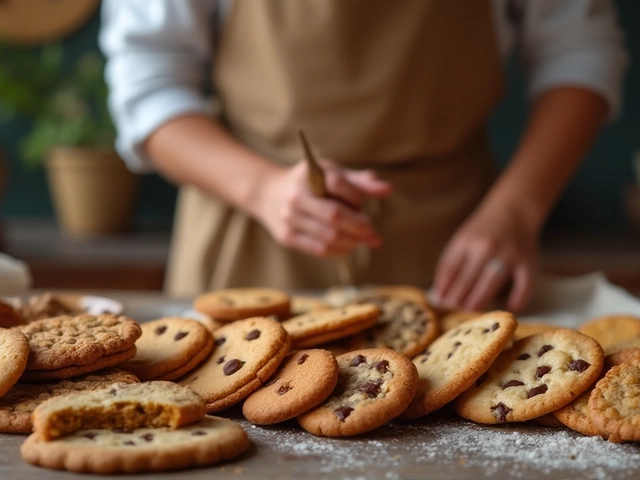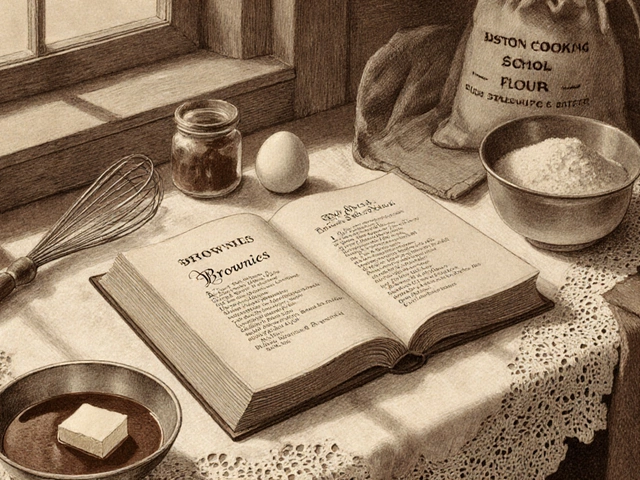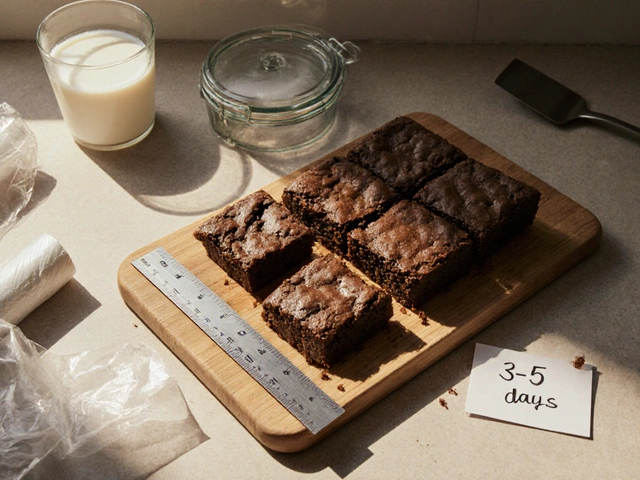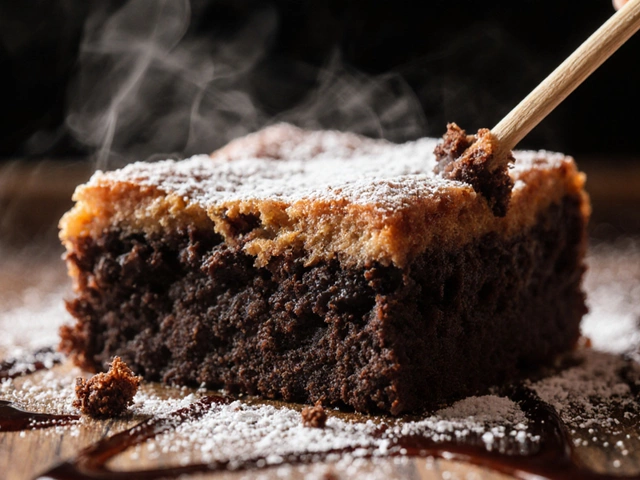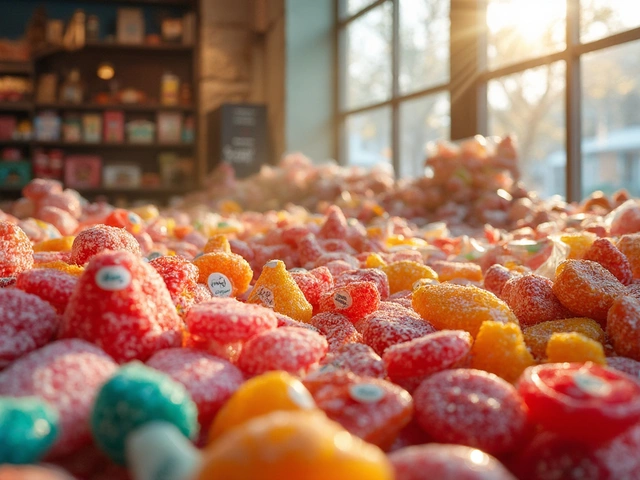Requeijão Cup History Explorer
Inventor
João Batista de Almeida, a mechanical engineer at Companhia Leiteira de São Paulo, designed the original glass cup in 1957.
Launch Year
The first requeijão cup was introduced in December 1957 by CLS in São Paulo.
- Narrow, tapered glass shape
- Metal screw cap with inner liner
- 150 ml capacity for portion control
- Low-iron clear glass for visibility
- Airtight seal to preserve freshness
| Attribute | Glass Cup | Plastic Tub |
|---|---|---|
| Material | Clear low-iron glass | High-density polyethylene (HDPE) |
| Weight | ≈ 200 g (150 ml) | ≈ 80 g (150 ml) |
| Shelf Life | 12 months (sealed) | 10 months (sealed) |
| Re-usability | High – can be washed and reused | Low – intended for single use |
| Cost per Unit (BRL) | 2.50 | 1.80 |
| Consumer Preference (2023) | 68% favor glass | 32% favor plastic |
Did you know? The glass cup’s screw cap was designed with a gentle "pop" sound to indicate proper opening, creating a memorable tactile experience for users.
Timeline of Innovation
- 1957 Original Design
- 1964 Nestlé Adoption
- 2000s Plastic Alternatives
- Present Artisanal Variants
When you see the creamy white spread in a clear glass jar on a Brazilian table, you’re looking at a requeijão cup, a glass container designed for the cheese spread called requeijão. If you’ve ever wondered who invented the requeijão cup, you’re about to find out.
Key Takeaways
- The glass‑jar packaging for requeijão was first introduced in Brazil in the late 1950s.
- Engineer JoãoBatista de Almeida, working for Companhia Leiteira de São Paulo, created the original design.
- Nestlé popularized the format nationwide in the early 1960s, turning it into a cultural icon.
- Glass was chosen for its barrier properties, visual appeal, and re‑usability.
- Modern alternatives (plastic tubs) emerged in the 2000s, but the classic glass cup remains beloved.
The Roots of Requeijão
Requeijão is a semi‑soft, buttery cheese spread that originated in Portugal and was brought to Brazil by settlers in the 16th century. In the first half of the 20thcentury, Brazilian dairies sold it in metal cans or bulk barrels, which limited its shelf life and made home storage awkward. Consumers wanted a convenient, sanitary container that would keep the product fresh and look attractive on the kitchen shelf.
Why Glass?
During the 1950s, the Brazilian dairy sector was modernizing rapidly. Glass packaging offered several advantages:
- It created an airtight seal that prevented oxidation.
- The transparent material let shoppers see the product’s color and consistency.
- Glass could be sterilized in hot water, meeting emerging hygiene standards.
- Families could repurpose the jars for storage, making them an eco‑friendly choice.
The Engineer Behind the Innovation
Enter João Batista de Almeida, a mechanical engineer hired by Companhia Leiteira de São Paulo (CLS), one of the country’s leading dairy cooperatives. In 1957, Almeida was tasked with redesigning the company’s packaging line to reduce spoilage and improve distribution. He experimented with several materials before settling on a narrow, tapered glass bottle that could be sealed with a metal screw cap. The design allowed the jar to be filled at high speed while maintaining product integrity.
First Launch: The 1957 CLS Requeijão Cup
The inaugural product, marketed simply as “Requeijão CLS - Copo de Vidro,” hit grocery shelves in São Paulo in December1957. Advertising emphasized the “clear view of purity” and the “convenient single‑serve size.” Sales surged, and other dairies took note.
Nestlé’s Role in Making It National
While CLS proved the concept worked, the format needed a national champion to become a household staple. In 1964, Nestlé introduced its own version, branding it with the familiar red “Nestlé” logo. Nestlé’s extensive distribution network carried the product from the southeast all the way to the Amazon basin. By the late 1960s, the glass jar was the dominant packaging for requeijão across Brazil.
Design Details That Made It Stick
The classic cup measured about 150ml, a size that balanced portion control with price point. The screw cap featured an inner liner that released a gentle “pop” when opened, a small but memorable tactile cue. The glass itself was a low‑iron, clear type, ensuring the pale‑yellow hue of the spread remained visible.
From Icon to Competition: The Rise of Plastic
In the early 2000s, food‑service companies began offering requeijão in lightweight plastic tubs to cut shipping costs. While plastic reduced weight by roughly 60%, many consumers complained that the product lost its “freshness feel.” Surveys in 2018 showed that 68% of respondents still preferred the glass version for its tradition and perceived quality.
Comparison: Glass Cup vs. Plastic Tub
| Attribute | Glass Cup | Plastic Tub |
|---|---|---|
| Material | Clear low‑iron glass | High‑density polyethylene (HDPE) |
| Weight | ≈200g (150ml) | ≈80g (150ml) |
| Shelf life | 12months (sealed) | 10months (sealed) |
| Re‑usability | High - can be washed and reused | Low - intended for single use |
| Cost per unit (BRL) | 2.50 | 1.80 |
| Consumer preference (2023 survey) | 68% favor glass | 32% favor plastic |
Modern Twists on a Classic Design
Today, artisanal producers experiment with tinted glass, embossed logos, and even biodegradable caps to keep the format fresh. Some cafés serve requeijão straight from the jar, encouraging diners to “pop” the cap as a playful finishing touch.
Why the Invention Matters
Beyond the nostalgia factor, the requeijão cup represents a milestone in Brazilian food‑tech. It illustrates how a simple packaging tweak can boost a product’s lifespan, expand market reach, and turn a regional specialty into a national icon. The story also underscores the impact of engineers like JoãoBatista de Almeida, whose pragmatic solutions still influence everyday meals.
Tips for Choosing the Right Requeijão
- Check the seal - a tight, intact screw cap ensures freshness.
- Look for clear glass - low‑iron glass shows the true color and texture.
- Read the label - some brands add extra salt or oil; choose according to taste.
- Consider reuse - glass jars can double as spice containers once emptied.
Frequently Asked Questions
Who first packaged requeijão in a glass cup?
The first glass‑jar version was launched in 1957 by Companhia Leiteira de São Paulo, under the engineering direction of João Batista de Almeida.
Why did Nestlé adopt the glass cup?
Nestlé saw the glass format’s strong consumer appeal and used its nationwide distribution to standardize the packaging, making it a household staple across Brazil.
Is glass better than plastic for requeijão?
Glass offers superior barrier properties, longer shelf life, and re‑usability, which many consumers prefer despite the higher weight and cost.
Can I recycle the requeijão cup?
Yes, the glass jars are recyclable in standard curb‑side programs. Rinsing them before recycling improves processing efficiency.
What’s the typical serving size?
Most glass cups hold about 150ml, which is roughly two tablespoons - a common portion for spreading on bread or crackers.

